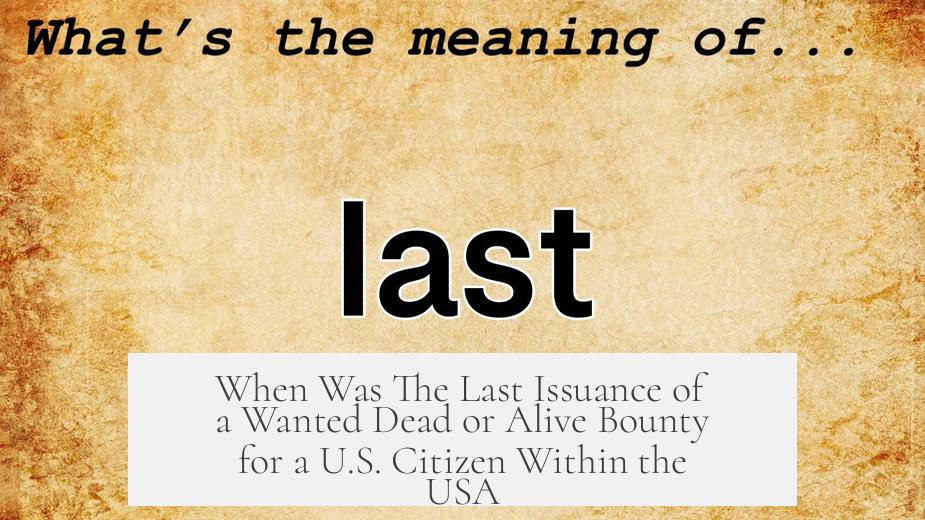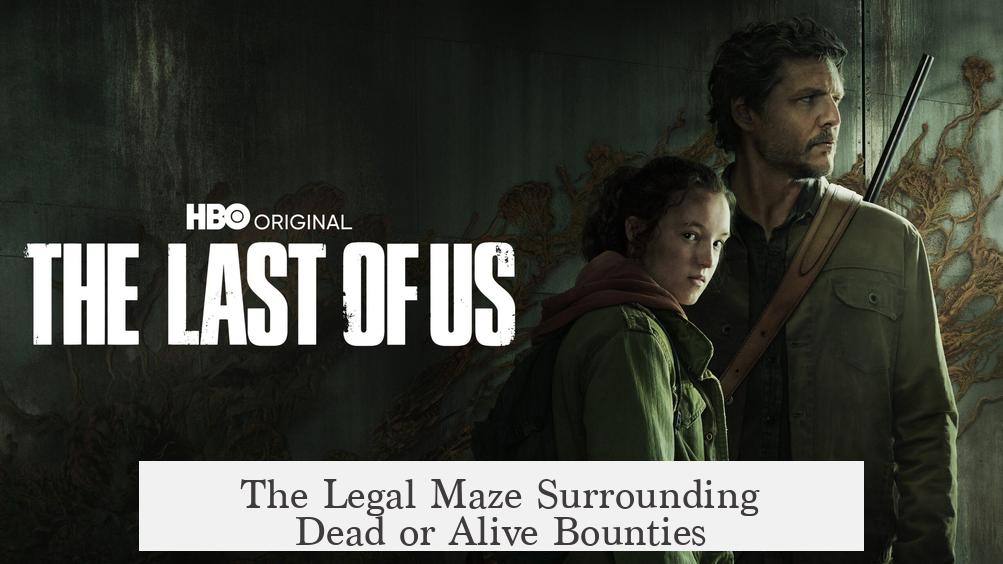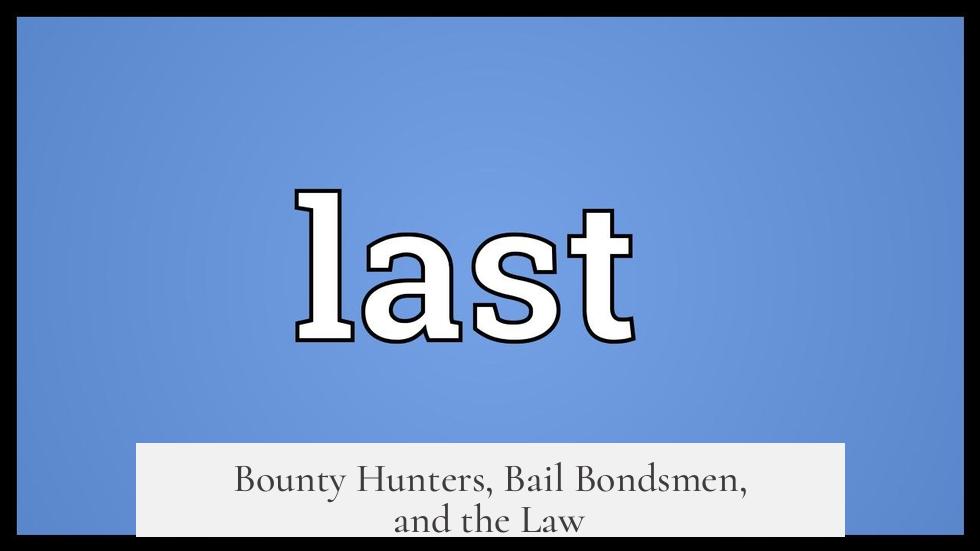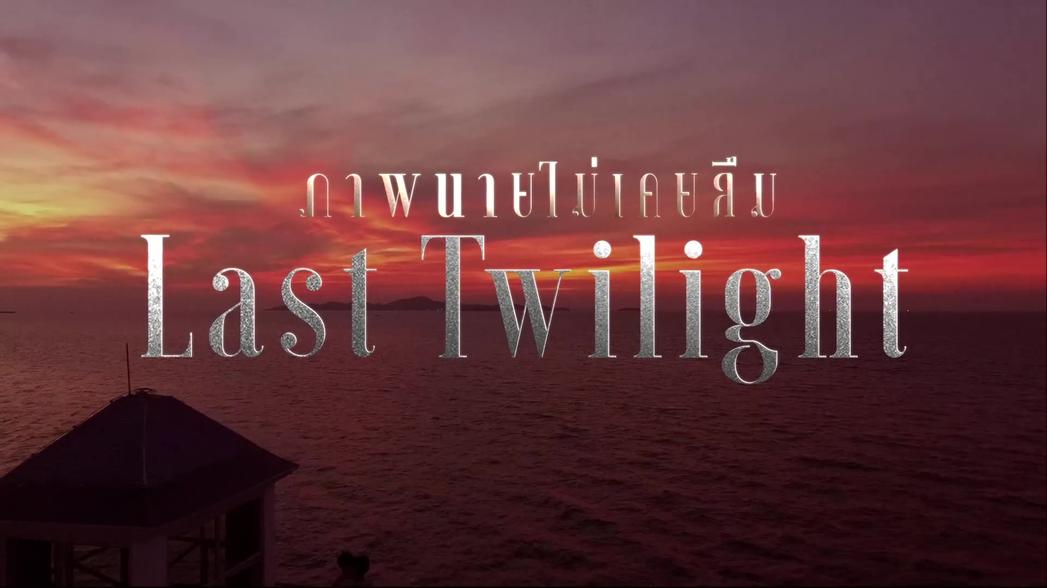The last issuance of a wanted “dead or alive” bounty for a U.S. citizen within the United States is effectively non-existent in modern official law enforcement practice. Historically, the phrase “dead or alive” bounties were rarely literal and usually meant capturing suspects alive rather than authorizing their killing. Today, due process rights and constitutional protections prevent law enforcement from issuing bounties that explicitly allow killing suspects.
In earlier periods, so-called “dead or alive” bounties appeared in wanted posters, but these bounties more often incentivized the capture and delivery of suspects alive, aligning somewhat with the concept of modern rewards for information leading to arrest. The phrase served as a dramatic warning rather than an actual license to kill.
Legal rulings clarify the limits of bounty hunting and suspect apprehension within the U.S. One landmark case, Taylor v. Taintor (1873), affirmed some extraordinary powers of bounty hunters when connected to bail bondsmen. This case allowed bounty hunters to arrest fugitives who skipped bail under certain contractual conditions. However, these arrangements are state-specific and do not equate to sanctioning deadly force via official bounties.
The Ker-Frisbie doctrine further supports lawful trial jurisdiction even if a suspect was forcibly brought to court, but it does not legitimize unlawful acts by bounty hunters, such as killing suspects during capture. Modern law enforces strict due process, preventing “dead or alive” wording from translating into sanctioned lethal force.
Cultural portrayals of “dead or alive” bounties often exaggerate or misrepresent legal realities. Factual policy and legal frameworks make official “dead or alive” bounties for U.S. citizens within the country obsolete, and current law enforcement practices focus on arrest and trial rather than extrajudicial killings.
- “Dead or alive” bounties historically implied capture alive, not authorized killing.
- Last official such bounty likely disappeared in the 19th century with evolving due process laws.
- Bail bondsmen and bounty hunters have limited powers under contract law, not lethal authorization.
- The Ker-Frisbie doctrine allows court jurisdiction despite forcible capture but forbids illegal killing.
- Modern law enforcement and constitutional rights prohibit sanctioned deadly bounties on citizens.
When Was The Last Issuance of a Wanted Dead or Alive Bounty for a U.S. Citizen Within the USA?

If you’re picturing grim old Western movies with sheriffs offering “Wanted Dead or Alive” posters for outlaws, wondering when the last such bounty was issued in real life in the U.S., you’re not alone. The phrase “dead or alive” sparks images of shootouts and dramatic captures, but does it hold water in modern America? Spoiler: Not quite as literally as the phrase suggests.
First up, the term *dead-or-alive bounty* did not historically mean what many assume today. Rather than a green light to shoot on sight, these bounties were offers for capturing suspects alive, or delivering tips that lead to arrest—think of it as a more intense cousin of today’s reward posters for turning in fugitives. The “dead or” part was more dramatic than literal.
The Legal Maze Surrounding Dead or Alive Bounties

Here’s where things get fascinating. The very idea of offering a bounty “dead or alive” can raise some serious constitutional eyebrows. The U.S. Constitution’s due process clause requires fair legal proceedings before punishment or restraint of liberty. Offering a bounty that seemingly authorizes killing skips that critical safeguard.
How did law enforcement and states navigate this? The short answer: carefully, if at all. Issuing a bounty with explicit permission to kill a U.S. citizen would likely violate due process rights. So legal dead-or-alive bounties as portrayed in popular culture were rare—if they ever existed officially.
Bounty Hunters, Bail Bondsmen, and the Law

Things get even more interesting when we talk about bounty hunters. After all, bounty hunters aren’t just movie legends—they are real folks hired by bail bondsmen to find people who skipped bail. Their powers are a bit different from police; they come from contract law, not criminal law.
In the landmark case of Taylor v. Taintor (1873), the Supreme Court gave bounty hunters connected to bail bondsmen leeway to arrest bail-skippers—even where law enforcement couldn’t. This ruling effectively blesses some “extralegal” tactics, though within a narrow bail-skipping context.
This leads to an important nuance: bounty hunters operate under state laws, which vary widely. Some states still allow bounty hunters to capture bail jumpers with posters that might say “Wanted Dead or Alive” as a holdover phrase. But here’s the kicker: this only applies if a person jumps bail and the bounty hunter is hired by a bondsman. It does not mean anyone can put a price on a citizen’s head for any reason.
The Ker-Frisbie Doctrine: Court Power vs. How You Get There

Let’s throw in another legal lore: the Ker-Frisbie doctrine. This holds that a court’s power to try someone doesn’t vanish even if the defendant was forcibly abducted and brought to trial—sounds wild, but it’s a 1952 Supreme Court ruling.
Why is this relevant? It suggests bounty hunters could technically abduct someone wanted and bring them to court. Courts have accepted that practice, although not happily—and bounty hunters aren’t automatically immune from prosecution for crimes committed during the arrest.
The Last Real “Wanted Dead or Alive” Bounty?

So, after all this, when was the last time a bona fide “Wanted Dead or Alive” bounty was issued for a U.S. citizen in the USA? The short and frank answer: there is no known modern official issuance of a dead or alive bounty in the classic sense within the United States.
That’s because modern U.S. law criminalizes such actions that would endorse summary executions without trial. Law enforcement rewards exist, but these are decidedly for tips that lead to arrests. The phrase “dead or alive” lives on in culture, but legal practice has evolved well beyond those Wild West days.
Why Does This Matter Today?
Understanding this distinction is crucial. In a world where civil liberties matter and law enforcement adheres to strict protocols, you won’t find government agencies authorizing anyone to hunt you down with a shoot-to-kill order. Instead, rewards promote lawful capture and due process.
Plus, knowing how bounty hunting still fits into today’s system can be eye-opening. Those bounty hunters you see on TV? They’re mostly confined to finding bail jumpers under contract law, and their powers are state-dependent. No general license to hunt citizens down exists.
Practical Takeaways and Perspective
- If you ever see a “Wanted Dead or Alive” poster today, check your history books, not your front yard. Chances are it’s a relic or a catchphrase, not a real official bounty.
- Bounty hunters exist legally, but their activities are limited to bail law, not vigilantism or enforcement of criminal law directly.
- Due process remains king. Ever wonder why it takes months or years to arrest certain fugitives? It’s the constitution at work—making sure rights aren’t tossed aside in a manhunt.
So next time Hollywood glamorizes a dead-or-alive chase, remember: reality is far more nuanced. Modern law respects life, liberty, and a fair trial, not just dramatic bounty posters. History is colorful, but law keeps it from getting too wild.
Have you ever come across a creepy old wanted poster or heard urban legends about dead or alive bounties in your town? Share your stories below! Sometimes reality, with all its legal twists, can be just as fascinating as fiction.



